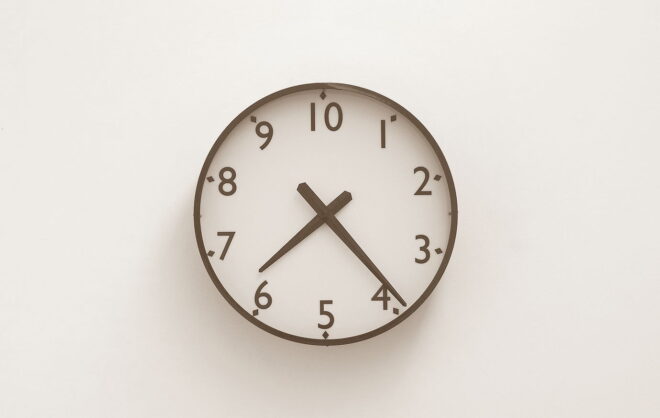
There are two different ways to reference latitude and longitude. One uses a sexagesimal (60 based) system of degrees indicated by a ° symbol, minutes indicated by a ' and seconds indicated by ". Think 60 minutes in an hour, 60 seconds in a minute and apply it to latitude numbers. The other system uses the more familiar decimal based format. For example The main BMG beis hamedrash is located at latitude 40.096, longitude -74.222 in degree/decimal. In degrees, minutes and seconds this would be latitude 40° 5′ 46″ N, longitude 74° 13′ 19″ W.
I was recently shown a zmanim calendar that seemed to be slightly inaccurate. Researching the issue showed that the intention was to generate the calendar for the location XX° 46′ N XX° 15′ W (latitude and longitude degrees are masked), but was mistakenly calculated for XX.46° -XX.15°. This confusion of the sexagesimal based system with the decimal based system is not uncommon. The discrepancy in sunrise and sunset in the calendar versus what it should have been was about 80 seconds in the summer. If someone were to confuse XX° 9′ with XX.9° (for both latitude and longitude) you have a much more significant relative error of 0.75°. The impact of this type of mistake is mostly caused by longitude, but latitude changes impact zmanim calculations as well. This 0.75° mistake can result in a zmanim discrepancy of up to five and a half minutes at the latitude of Lakewood, NJ. As confirmed by Dr. Noson Yanofsky, this scenario has the most extreme error, while 10′ confused with 0.10° has the least significant error of 0.066°.
An interesting variant of such a mistake is calculating a zman for a depression angle (how far the sun is below the horizon) that is based on degrees and minutes using degree/decimal. An example is mistakenly calculating tzais of 7° 5′ , or 7.083° as 7.5°. See Hazmanim Bahalacha vol II p. 520 footnote 21 for a case where this mistake happened. It should be noted that some are of the opinion that a depression angle of 7.5° is the proper time of tzais. This was used in the first ever known printed calendar calculated based on depression angles. It was published in תקכ״ו / 1766 by Raphael Levi Hannover. See Hazmanim Bahalacha p. 524 for a picture of the luach and a list of other calendars that calculate tzais as 7.5°.
To answer the question in the image caption above, the time in a regular 12 hour / duodecimal based clock would be 7:40. With 10 hours instead of 12, each decimal hour on this clock is 72 minutes of regular time. Therefore 6 hours = 432 minutes. Add ~19/50 decimal minutes that are equivalent to ~28/72 regular clock minutes and you end up with 460 minutes after noon/midnight, or about 7:40 🙂.